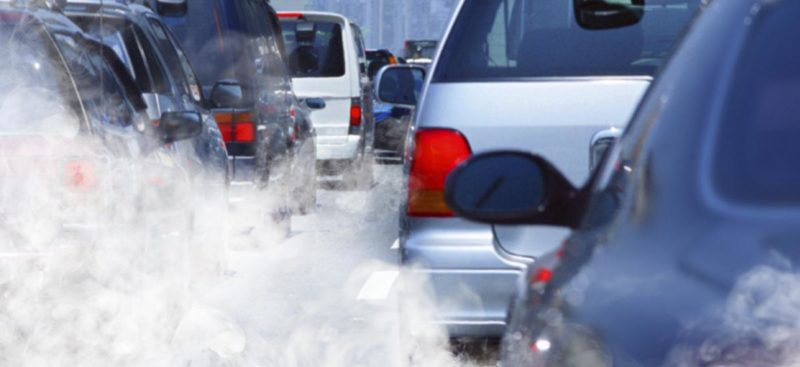Australia risks becoming a dumping ground for the world’s worst polluting vehicles because of the absence of fuel and vehicle efficiency standards, according to a new report by BloombergNEF.
The assessment came as BloombergNEF noted that Australia remains a laggard in the uptake of electric vehicles, which accounted for just 0.7 per cent of total new car sales in 2019, despite a record year inspired by the release of the Tesla Model 3.
“The market is held back by a lack of sales incentives, poor model availability and a mismatch between consumer preferences and the EV models on offer,” BloombergNEF analyst Will Edmonds says.
“As a small right-hand drive market, without sales incentives or tailpipe standards, Australia risks becoming a dumping ground for heavy emitting models.
“At the best of times, manufacturers prioritise larger markets with strict emissions standards, or supportive policies, in their EV sales strategies. The Covid-19 pandemic is placing even more pressure on manufacturers’ supply chains, resulting in a bleak outlook for Australia’s already low number of available EV models.
“If manufacturers push the heavy emitting models they are unable, or unwilling, to sell in other markets into the garages of Australian consumers, it will take longer, and more effort, to bring down Australia’s rising transport sector emissions.
Australia has no policy for the uptake of EVs, with the current Coalition government ridiculing a proposed 50 per cent target put forward by Labor in the election campaign last year, although EVs do get a mention in the newly released Technology Investment Roadmap, which recognises that they can cut emissions and lower costs.
An EV policy was expected to be released by mid-2020, but it is no longer clear that that is the case.
Edmonds says that without new policies, standards or regulation; EV sales in Australia will continue to grow, but slowly.
“Economic uncertainty from Covid-19 will mean all types of customers will be buying less cars over the next few years,” he says.
“We expect EVs will reach cost parity with ICEs beginning from 2022, with some segments taking longer. By 2023, we expect EV sales will increase to around 30,097 units per year, making up 3.2% of new car sales. EV sales are expected to be driven up by improving model availability, declining costs as well as corporate and government fleet electrification targets.”
Still, BloombergNEF does expect Australian EV sales to catch up to the rest of the world in the 2030s, with the percentage of sales growing to 18 per cent by 2030 and 64 per cent of new sales sales by 2040. By that time, 23 per cent of total cars on the road will be electric.

Giles Parkinson is founder and editor of The Driven, and also edits and founded the Renew Economy and One Step Off The Grid web sites. He has been a journalist for nearly 40 years, is a former business and deputy editor of the Australian Financial Review, and owns a Tesla Model 3.

